What Bait Works Best for Pier Fishing
Standing on a pier with fishing rod in hand, watching the waves lap against the pylons below, is one of life’s simple pleasures. However, turning that peaceful moment into a successful fishing expedition requires more than just patience—it requires the right bait. Pier fishing offers unique opportunities to target multiple species without the need for a boat, but knowing which bait to use can make the difference between a full cooler and an empty one. From live bait to artificial lures, each option has its place in the pier angler’s tackle box. This comprehensive guide will explore the most effective baits for pier fishing across different regions, seasons, and target species, helping you make informed choices on your next fishing adventure.
Understanding Pier Fishing Environments
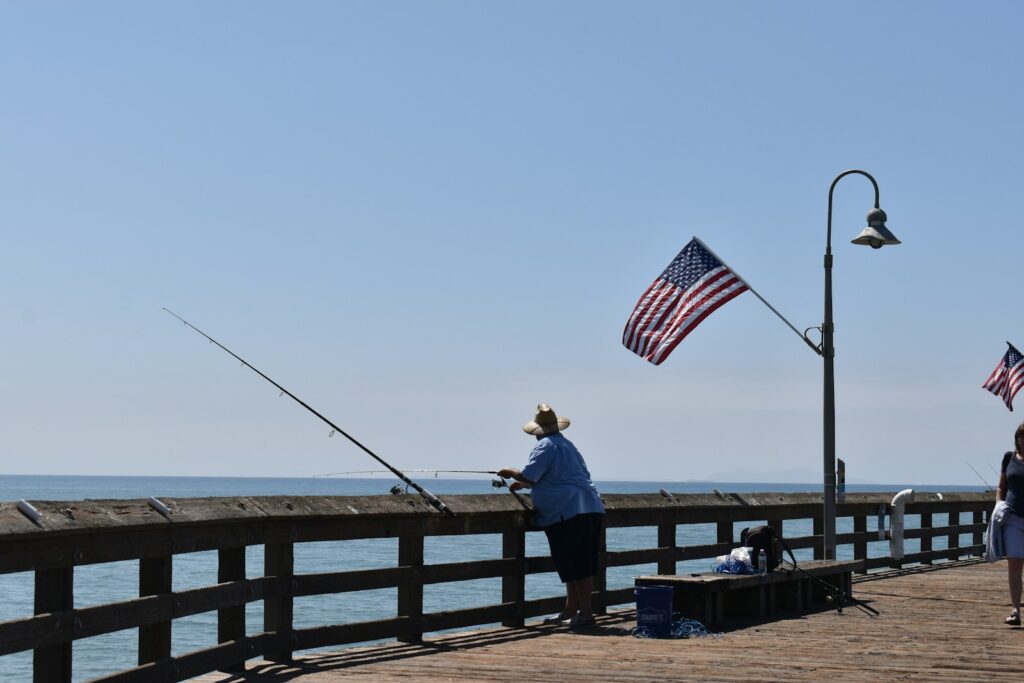
Piers create unique fishing environments that attract a variety of fish species. These structures extend from the shoreline into deeper waters, providing access to different water depths and habitats. The pylons themselves act as artificial reefs, offering shelter and food sources for baitfish, which in turn attract larger predatory fish. Water conditions around piers can vary dramatically based on tides, currents, and seasonal patterns. Understanding these environmental factors is crucial when selecting appropriate bait, as they directly influence fish behavior and feeding patterns. Most importantly, different sections of the same pier may require different bait strategies, with the end of the pier often offering opportunities for larger offshore species.
Live Shrimp: The Universal Bait
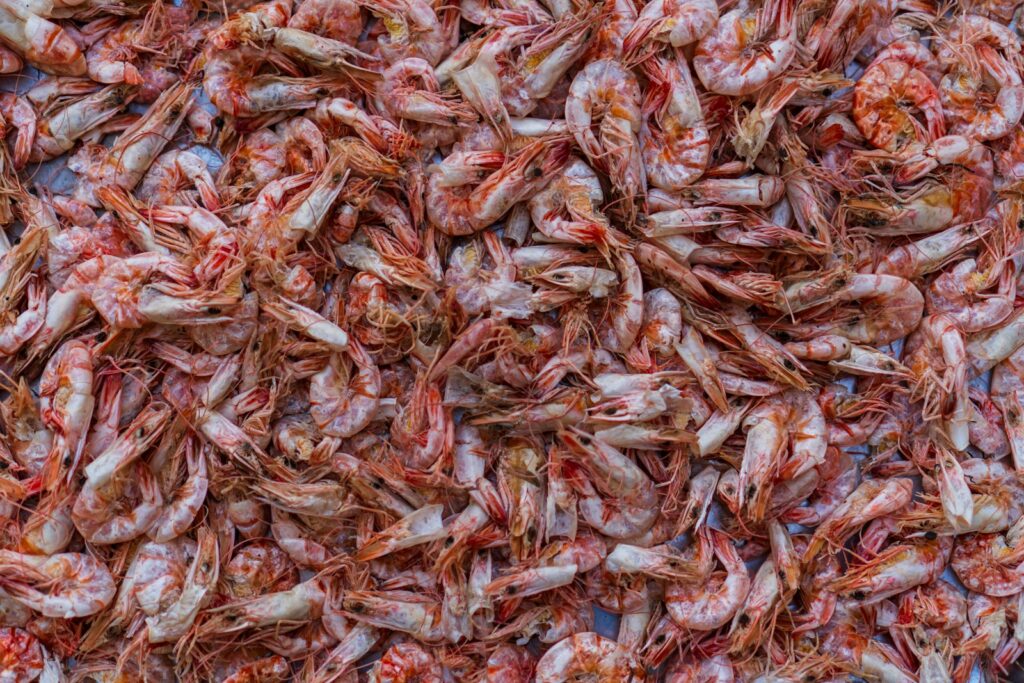
Live shrimp stands as perhaps the most versatile bait for pier fishing, appealing to nearly every saltwater species you might encounter. Their natural movement in the water creates irresistible vibrations that trigger predatory instincts in fish such as redfish, speckled trout, flounder, and snapper. When fishing with live shrimp, hooking them through the head just behind the eyes keeps them alive longer and maintains their natural swimming action. For best results, use lighter tackle with live shrimp to avoid restricting their movement in the water. Fresh shrimp work nearly as well if live ones aren’t available, though they won’t provide the same enticing movement that makes live shrimp so effective in attracting fish from greater distances.
Cut Bait for Bottom Dwellers

Cut bait excels at attracting bottom-feeding species that rely heavily on scent to locate food. Fish like sheepshead, black drum, and catfish respond exceptionally well to freshly cut pieces of mullet, pinfish, or sardines due to the strong scent trails these baits create in the water. When preparing cut bait, make clean cuts that preserve the natural oils and blood that attract predators. The size of your cut bait should match your target species—smaller pieces for modest-sized fish like whiting, larger chunks for substantial species like red drum. For maximum effectiveness, refresh your cut bait frequently, as it loses its scent-producing qualities after extended time in the water, particularly in areas with strong currents that dissipate the attractive oils more quickly.
Squid: Durable and Effective

Squid has earned its place as a staple in pier fishing due to its remarkable durability and effectiveness across numerous species. Its tough texture allows it to stay on the hook through multiple casts and resist the picking of smaller nuisance fish. Fresh squid works best, but frozen squid remains a practical option that’s widely available at bait shops year-round. When rigging squid, consider cutting it into strips for species like flounder and whiting, or using whole small squid for larger predators like king mackerel. The natural white color of squid provides good visibility in murky waters, while its strong scent disperses well in the current to attract fish from considerable distances, making it particularly effective during slower fishing periods.
Sand Fleas for Specialized Targets
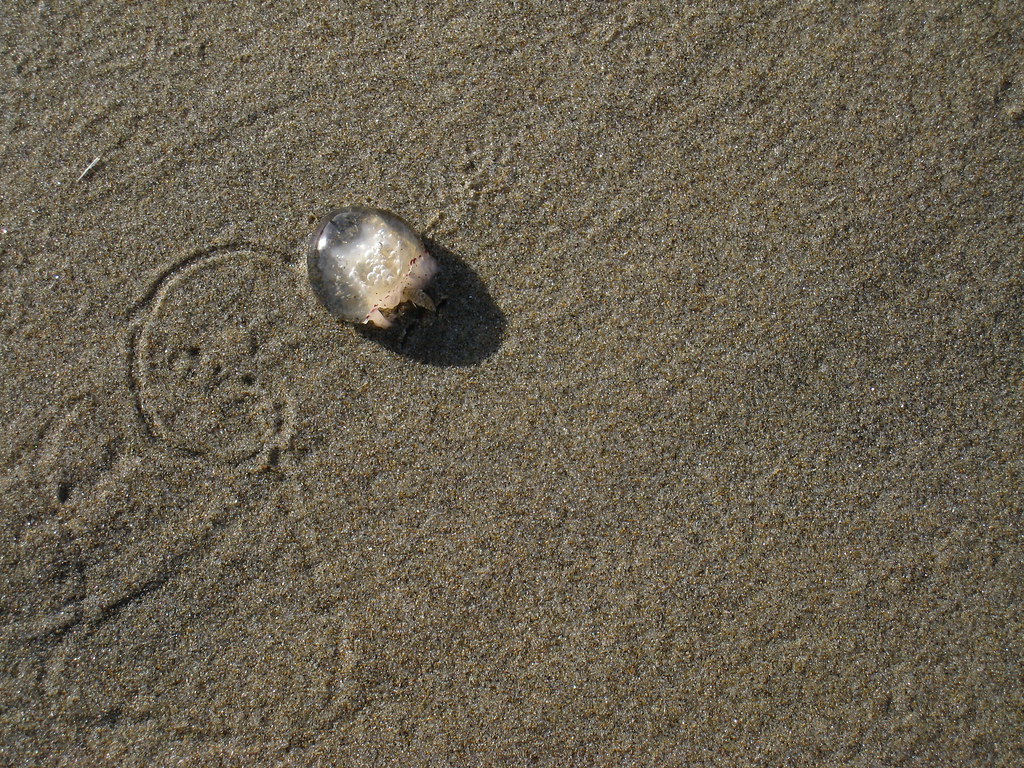
Sand fleas, also known as mole crabs, represent a specialized but exceptionally effective bait for certain prized pier species, particularly pompano and sheepshead. These small crustaceans naturally inhabit the surf zone, making them a familiar and irresistible food source for fish that frequent pier areas. Fresh sand fleas can be collected along the shoreline using a specialized rake during low tide, offering a cost-effective bait option for budget-conscious anglers. When fishing with sand fleas, hook them through their hard shell for durability, allowing their legs to move freely and create attention-grabbing vibrations in the water.
Their effectiveness peaks during spring and fall pompano runs, when using these natural baits can significantly outperform artificial alternatives.
Bloodworms and Sandworms for Diverse Species

Bloodworms and sandworms serve as premier baits for a diverse range of species, particularly along piers on the Atlantic coast. Their soft bodies emit strong scents and vibrations that trigger feeding responses in everything from kingfish (whiting) to croakers, spot, and flounder. Despite their relatively high cost compared to other bait options, their effectiveness often justifies the expense, especially when targeting specific species like sea mullet. When rigging these worms, use smaller pieces rather than whole worms to extend your bait supply and create more natural presentations that mimic the broken worm fragments fish would naturally encounter.
For optimal results, store unused worms in cool, damp seaweed or newspaper, as proper storage can extend their usability across multiple fishing trips.
Artificial Lures for Active Predators
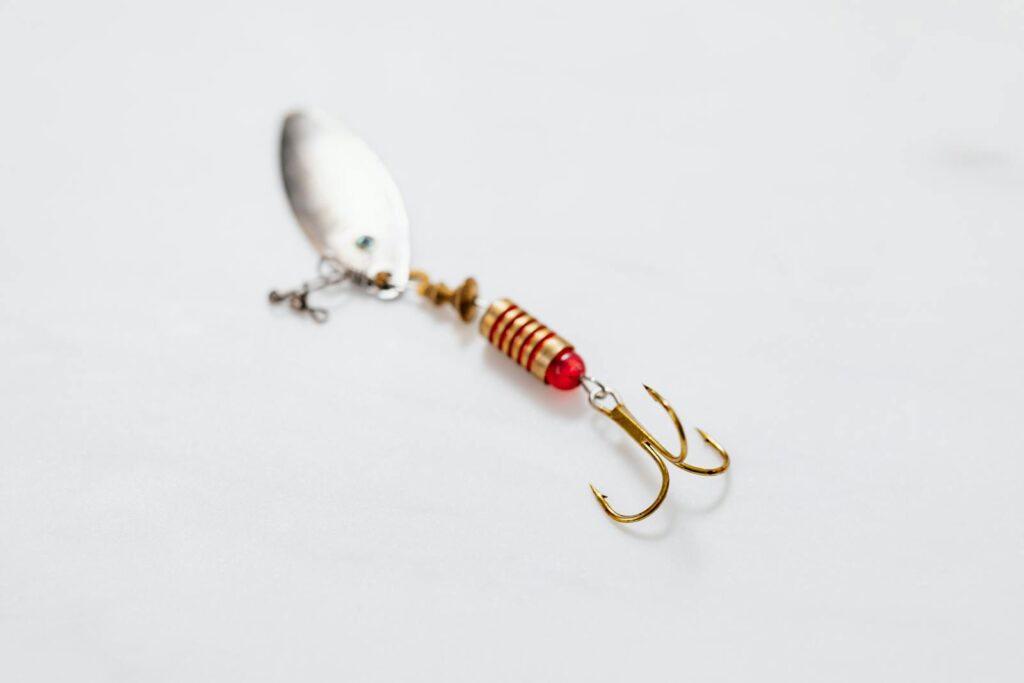
Artificial lures offer distinct advantages for pier anglers targeting actively feeding predatory species. Gotcha plugs, bucktail jigs, and soft plastic swimbaits excel at mimicking injured baitfish, triggering strike responses from species like spanish mackerel, bluefish, and jacks. Unlike natural baits, artificial lures allow anglers to cover more water quickly, making them ideal during feeding frenzies when fish are aggressively chasing prey. The retrieve technique significantly impacts success—varying between slow, steady retrieves and erratic, jerking motions can help determine what triggers strikes on a given day. For pier fishing specifically, lures in the 1/4 to 1 oz range typically offer the best casting distance while maintaining a natural presentation in the water column where predators are actively feeding.
Seasonal Bait Selection Strategies

Seasonal changes dramatically influence which baits perform best from piers throughout the year. Spring typically favors smaller baits like bloodworms and small shrimp pieces as many species are just beginning to feed actively after winter. Summer conditions often call for live baits like finger mullet and pinfish, which thrive in warmer waters and attract larger predators seeking protein-rich meals. Fall represents prime time for cut bait as many species gorge themselves before winter, with fresh mullet chunks producing exceptional results during this season. Winter generally requires downsizing to smaller offerings and fishing them more slowly, with fresh shrimp and sand fleas continuing to produce when many other baits lose effectiveness in colder waters.
Regional Bait Preferences
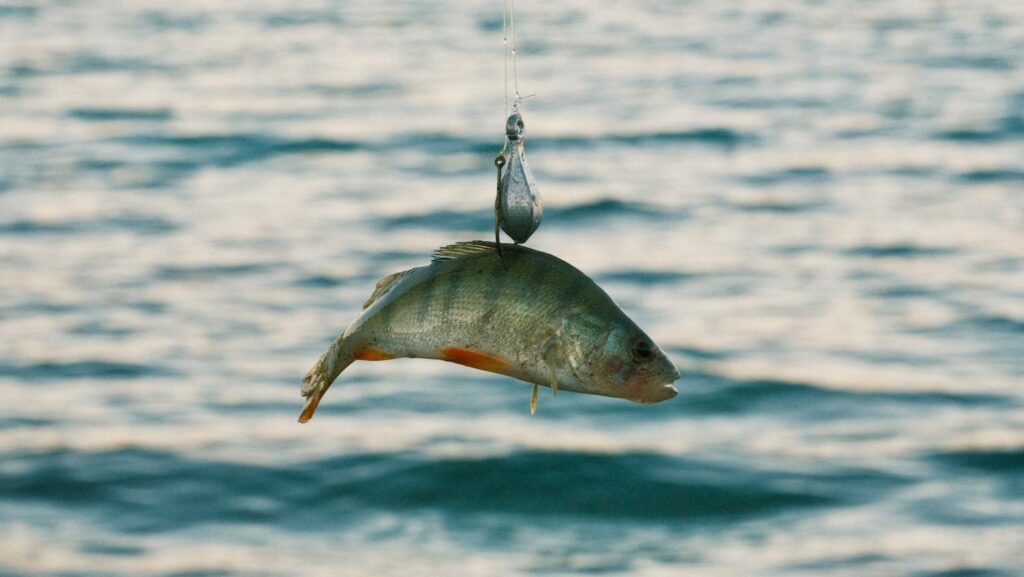
Bait selection varies significantly by geographic region, reflecting local ecosystems and available prey. Gulf Coast piers typically produce best with live shrimp, pilchards, and cut mullet, particularly when targeting species like redfish and speckled trout. Atlantic Coast pier anglers often find success with bloodworms, sandworms, and cut spot or mullet when fishing for flounder, drum, and blues. Pacific Coast piers call for region-specific baits like anchovies, market squid, and pile worms, which appeal to halibut, rockfish, and other West Coast species. Understanding these regional preferences helps visiting anglers adapt quickly to unfamiliar waters and increases their chances of success.
Local bait shops near popular piers typically stock the most effective regional options and can provide valuable advice on current conditions.
Bait Presentation Techniques
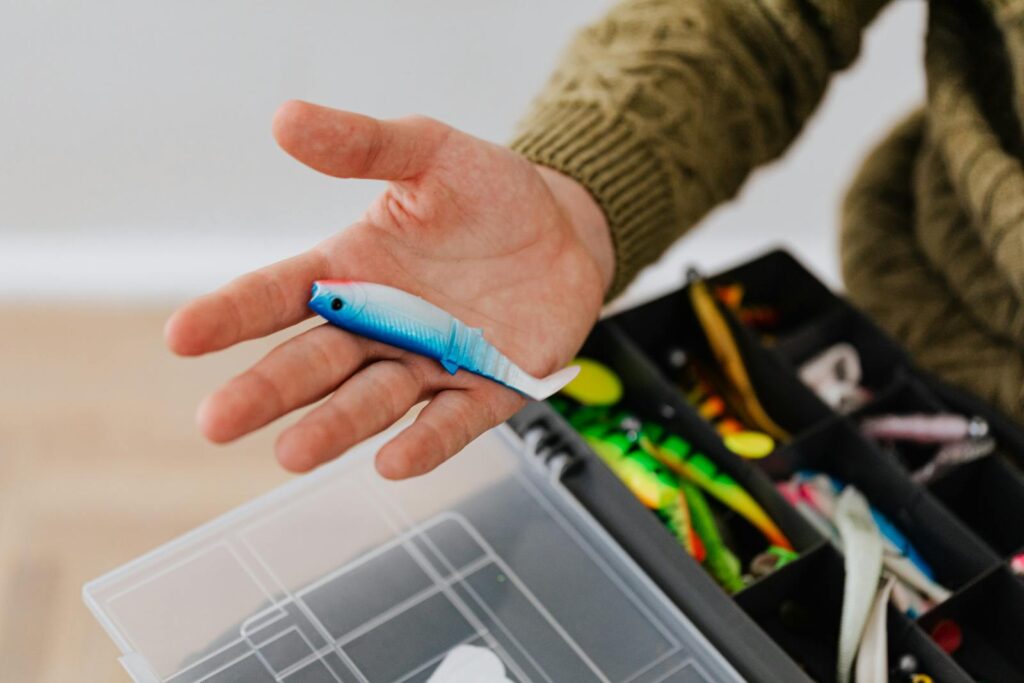
How you present your bait often matters as much as the bait itself when pier fishing. Bottom fishing with bait positioned stationary on the seafloor works best for species like sheepshead, black drum, and rays, typically using a fish-finder or Carolina rig to keep bait in the strike zone. Drift fishing allows bait to move naturally with the current, making it particularly effective for flounder and redfish, especially when using a float to control depth. Sight casting involves spotting fish from the elevated pier position and placing bait directly in their path, a technique that excels for cobia, tarpon, and other visible species cruising near the surface.
For schooling fish like mackerel and bluefish, a fast retrieve with appropriate bait just below the surface often triggers competitive feeding frenzies.
Combination Baits for Tough Conditions
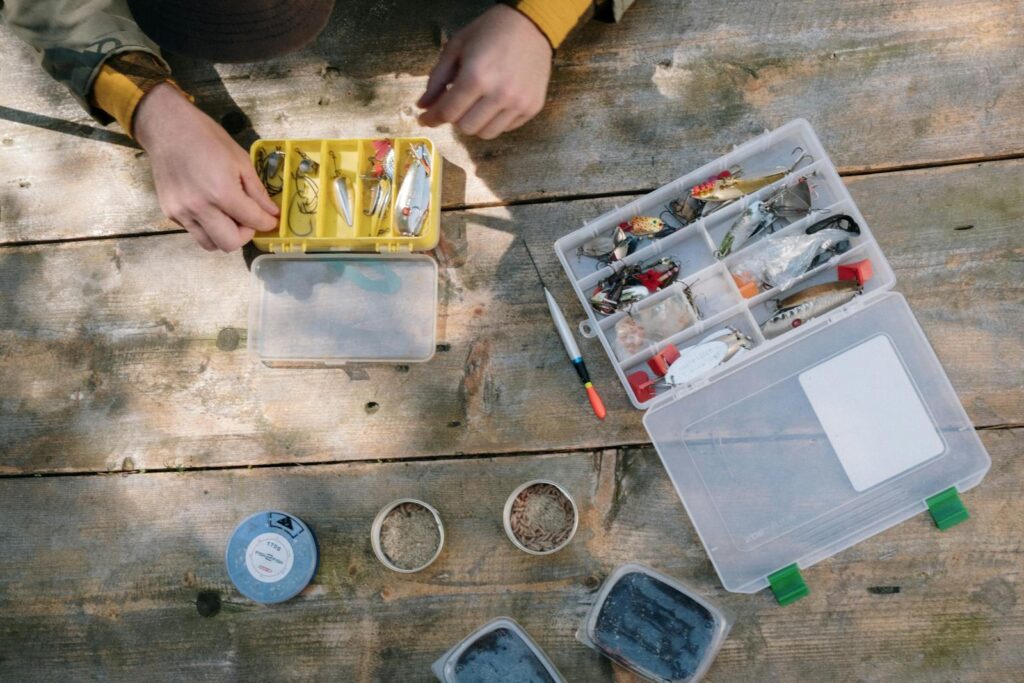
When fishing is particularly challenging, combination baits can provide an edge by offering multiple attractants simultaneously. The “sandwich” technique involves combining cut bait with shrimp or squid on the same hook, creating a presentation with both strong scent and visual appeal. Another effective approach is tipping artificial lures with natural bait pieces, such as adding a small piece of shrimp to a jig head to provide both the action of the lure and the scent of natural bait. Some experienced pier anglers create “cocktail” baits by threading multiple bait types on a single hook—for example, a sand flea followed by a small piece of shrimp—to appeal to different feeding preferences.
These combination approaches prove particularly effective during transitional seasons or when fish seem reluctant to commit to standard presentations.
Bait Storage and Maintenance
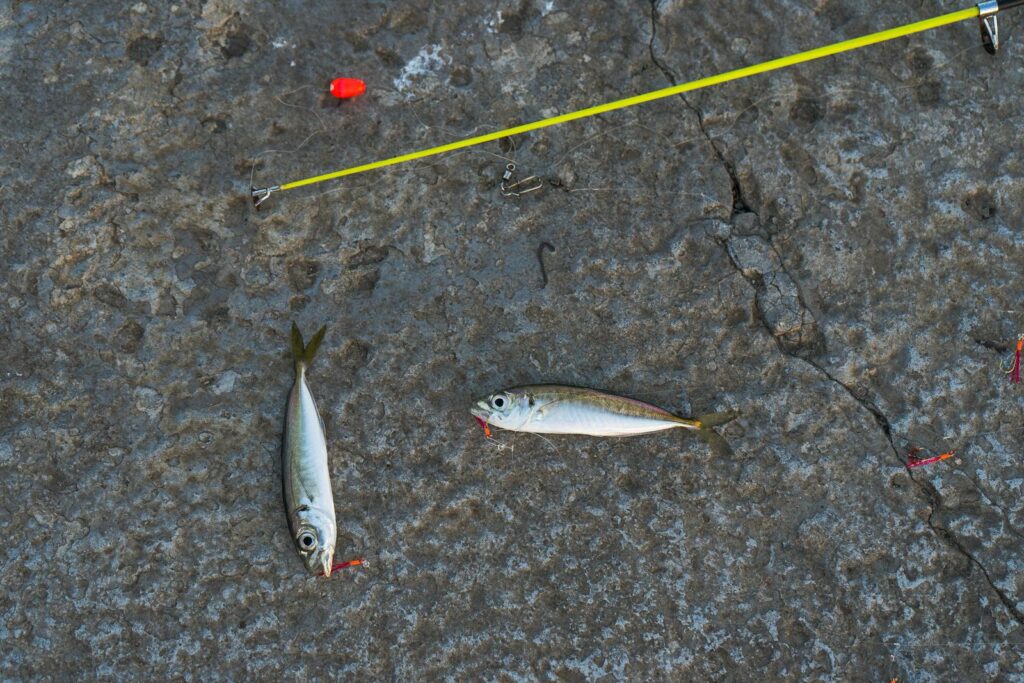
Proper bait storage and maintenance significantly impact fishing success, particularly during extended pier fishing sessions. Live baits require aeration and regular water changes in bait buckets, with battery-powered aerators providing crucial oxygen during hot weather. Frozen baits should be thawed gradually rather than in direct sunlight, which can cause them to become soft and difficult to keep on hooks. Cut bait remains freshest when kept on ice but not submerged in meltwater, which can leach out flavor-enhancing oils and blood. For multiple-day fishing trips, consider vacuum-sealing portions of cut bait to maintain maximum freshness and scent-producing qualities.
Proper bait care not only improves catching results but also reduces waste and unnecessary expense from discarded unusable bait.
Ethical and Legal Considerations
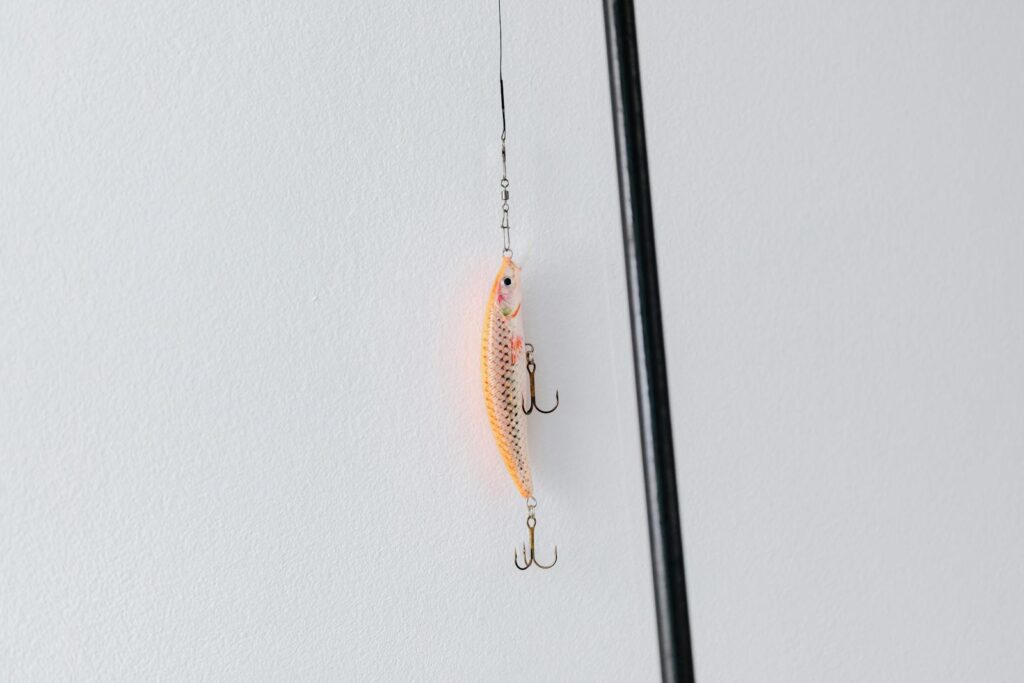
Responsible bait selection includes understanding local regulations and ethical considerations. Many regions have specific rules regarding which bait species can be collected and used, with particular restrictions on harvesting live baitfish without proper licensing. Using invasive species as bait is prohibited in most areas due to the risk of introducing them to new ecosystems if unused bait is improperly discarded. Certain protected shorelines and marine reserves may have additional restrictions on bait types to protect sensitive habitats. Always check local fishing regulations before collecting or using live bait, as rules vary considerably between states and even between different pier locations within the same region.
Ethical anglers also consider sustainability when selecting bait, avoiding threatened species and considering alternatives to overharvested bait populations.
Adapting to Changing Conditions
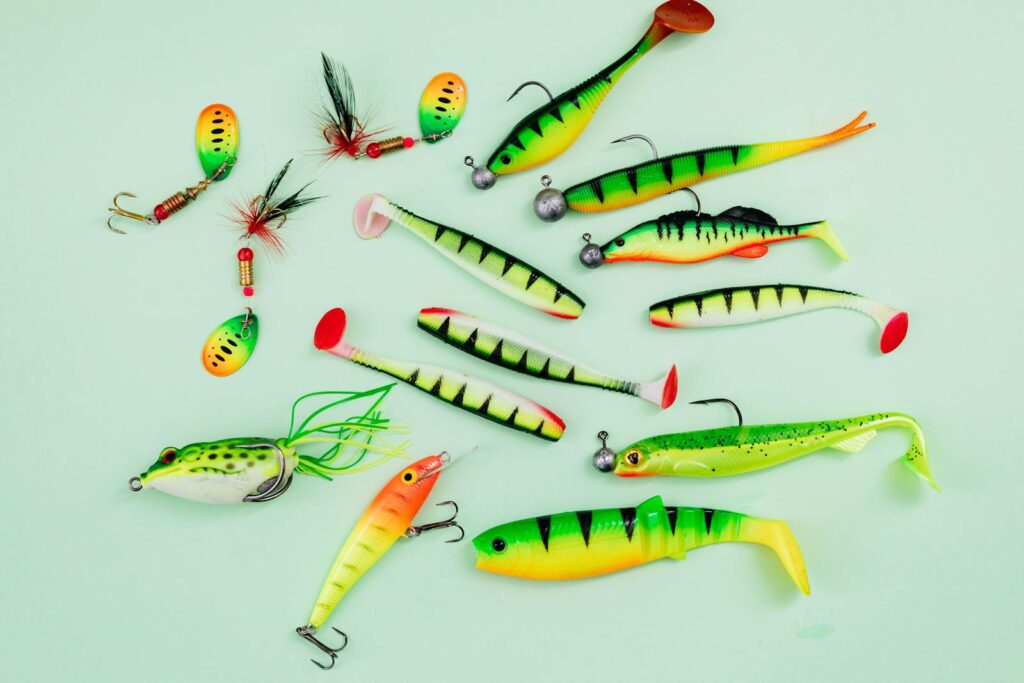
The most successful pier anglers maintain flexibility in their bait choices, adapting to changing conditions rather than rigidly sticking to one approach. Carrying multiple bait options allows for experimentation when fish aren’t responding to your initial selections. Pay attention to what other successful anglers are using, as this provides real-time information about what’s working under current conditions. Water clarity represents a crucial factor in bait selection—in clear water, natural presentations with live bait often excel, while murky conditions may call for cut bait with stronger scent trails. Changing tide phases frequently trigger shifts in feeding behavior, making certain baits more effective during specific portions of the tidal cycle.
The willingness to switch baits based on conditions rather than personal preference often distinguishes consistently successful pier anglers from occasional lucky catches.
Conclusion: Matching Bait to Your Fishing Goals
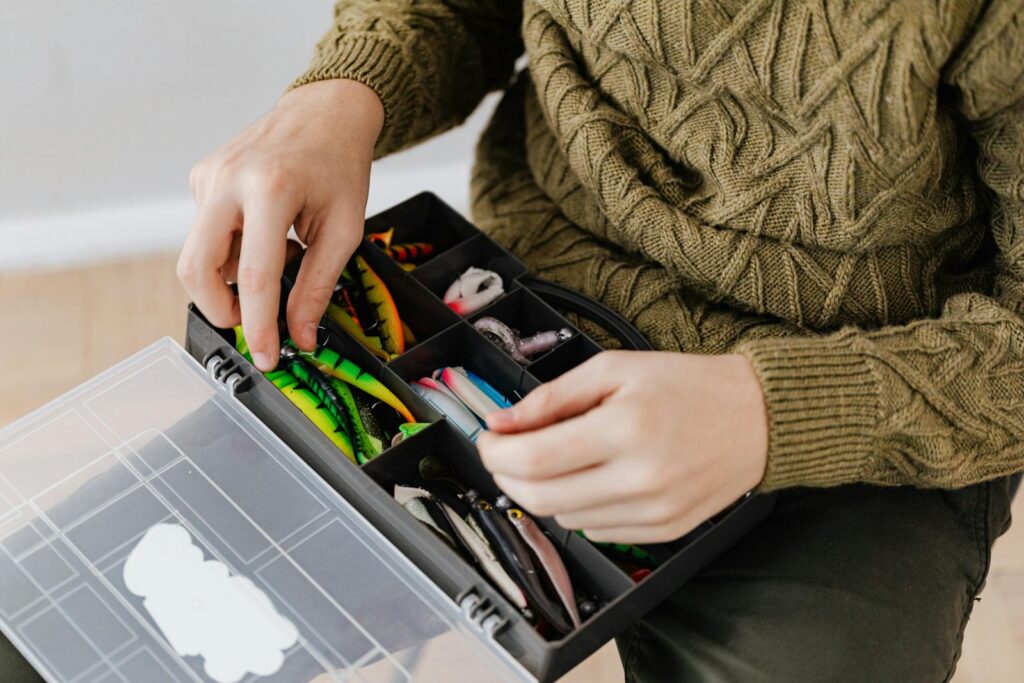
The ideal pier fishing bait ultimately depends on your specific targets and conditions. Live shrimp and finger mullet provide versatility across multiple species, while specialized baits like sand fleas excel for particular targets like pompano. For beginners, starting with frozen squid or shrimp offers a practical entry point with good chances of success across various conditions. Experienced anglers benefit from carrying multiple bait options to adapt to changing situations throughout the day. Remember that local knowledge remains invaluable—consulting pier regulars or local bait shops about current hot baits can save considerable time and frustration.
With the information provided in this guide, you’re well-equipped to make more informed bait choices for your next pier fishing adventure, increasing your chances of a memorable and successful day on the water.


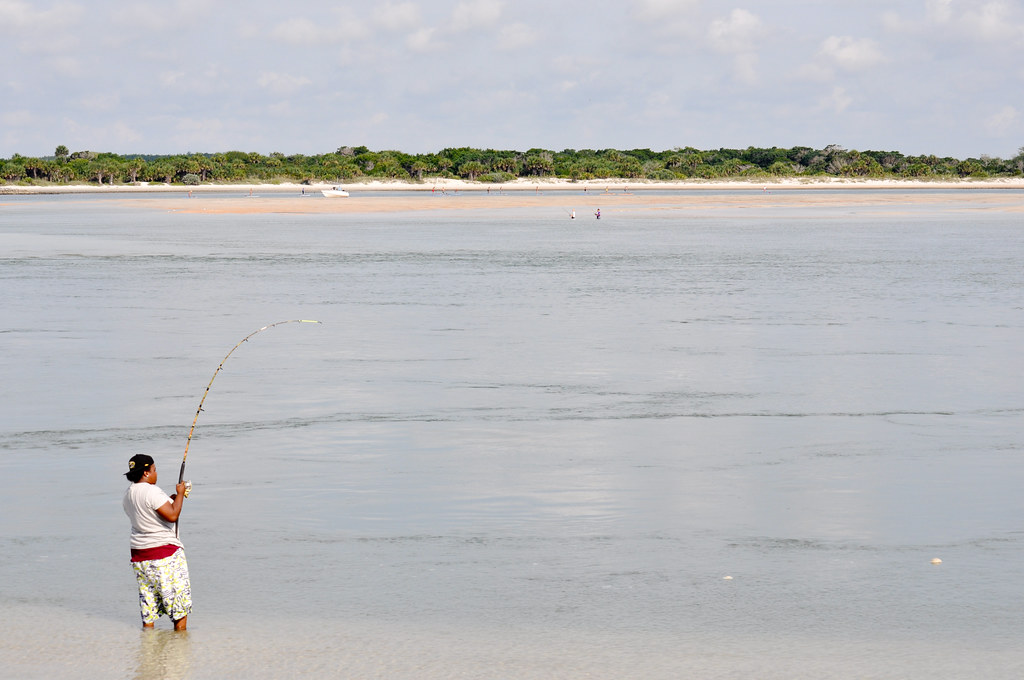











Post Comment